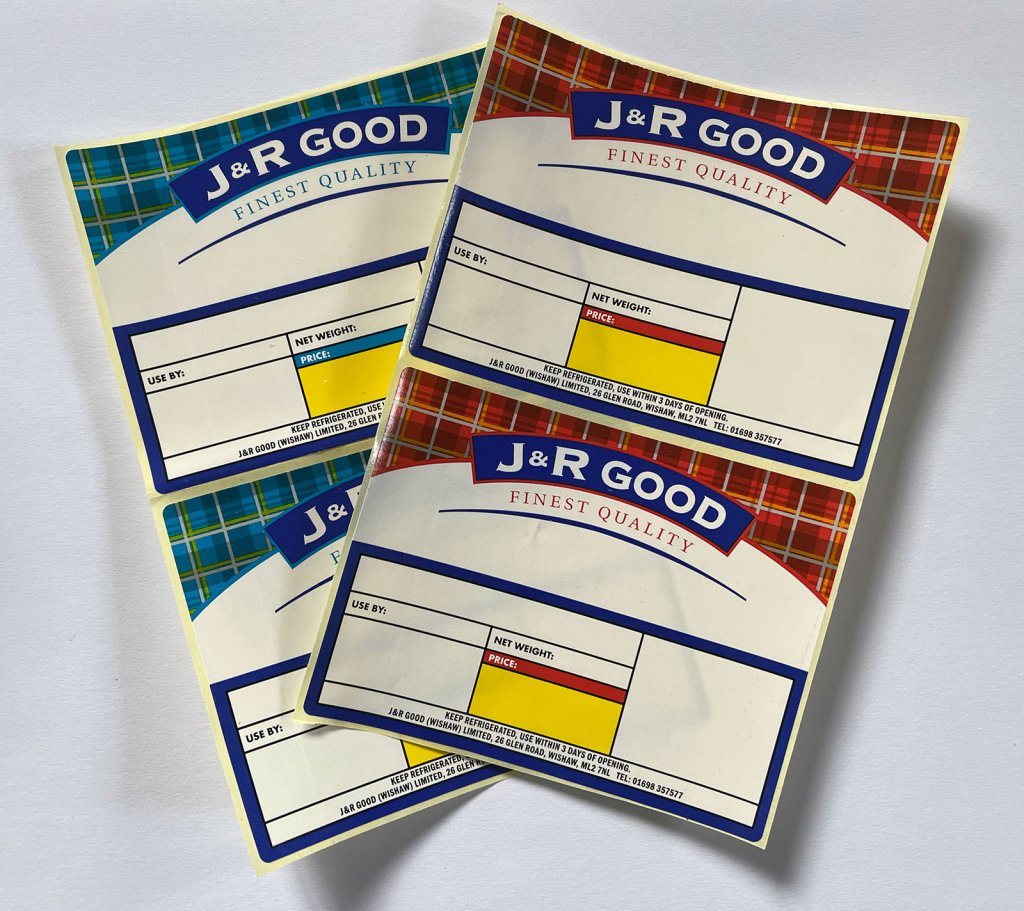Certain foods are controlled by product specific regulations and they include:
bread and flour
cocoa and chocolate products
soluble coffee
milk products
honey
fruit juices and nectars
infant formula
jams and marmalade
meat products - sausages, burgers and pies
fish
natural mineral waters
spreadable fats
sugars
irradiated food
foods containing genetic modification (GM)
By law, the following information must be included on food labels and packaging:
The name of the food
The packaging of food must clearly state the name of the product and avoid any misleading information. If there is a name prescribed by law, it must be used. If no legal or customary name exists, a descriptive name must be provided that accurately reflects the true nature of the food and distinguishes it from similar products. Most products fall into this category and require a descriptive name. If the food has undergone any processing, such as smoking, salting, or drying, the process must be included in the name. A processed food is any food that has been modified during preparation.
Ingredient list
When a food product contains two or more components, including water and additives, it is mandatory to list them all under the 'Ingredients' heading or a similar heading that explicitly mentions the word 'ingredients'. The list of ingredients should be in descending order of weight, with the most substantial ingredient listed first based on the quantity used to prepare the food.
Certain foods are not required to display an ingredient list, such as fresh fruits and vegetables, carbonated water, and foods that consist of only one ingredient.
Allergen information
If a food product includes any of the 14 allergens that are legally required to be declared as ingredients, those allergens must be listed and highlighted within the ingredients list.
To make allergens easier to identify, the label must highlight them using a distinct font, style, background colour, or bolded text. This information is crucial for consumers who wish to learn more about the packaged food's ingredients and is particularly useful for individuals with food allergies or intolerances who need to avoid specific foods.
Percentages of ingredients
The QUID (Quantitative Ingredient Declaration) is a declaration that informs consumers about the percentage of specific ingredients present in a food product. It is mandatory when the ingredient or category of ingredients in question:
is mentioned in the name of the food product or is typically associated with the name by the consumer;
is highlighted on the labeling using words, images, or graphics; or
is necessary to describe a food product and distinguish it from other products that might be confused with it based on its name or appearance.
The quantity of an ingredient or category of ingredients must be displayed as a percentage corresponding to the amount present at the time of use. This information must either be located within or directly next to the name of the food product or in the ingredients list concerning the relevant ingredient or category of ingredients.
Net quantity
To comply with the Food Information Regulations, packaged foods that exceed 5g or 5ml in weight or volume must display the net quantity on the label. In the case of foods packaged in liquid or an ice glaze, the label must show the drained net weight.
However, the net quantity declaration is not obligatory for foods that:
experience significant losses in volume or mass and are sold by weight or number in the presence of the purchaser;
have a net quantity of less than 5g or 5ml, except for herbs or spices;
are typically sold by number, provided that the number of items is readily visible and can be easily counted from the outside or, if not, is stated on the labeling.
Storage condition and dates
To ensure clarity on food storage and shelf life, food labels must indicate either a 'best before' or 'use by' date.
Name and address of the manufacturer
Packaged food items or food labels must contain the business name and address. This can either be the name of the business under which the food is marketed, or the address of the business that has imported the food.
For food products sold in Northern Ireland, the address on the label must either be a Northern Ireland or EU address for the food business. If the food business is not located in Northern Ireland or the EU, the label must display the address of the importer based in Northern Ireland or the EU.
For food products sold in Great Britain, food businesses may continue to use an EU, GB, or Northern Ireland address for the FBO until 30 September 2022. However, from 1 October 2022, food products sold in Great Britain must include a UK, Channel Islands, or Isle of Man address for the food business. If the food business is not based in Great Britain, the label must show the importer's address based in the UK, Channel Islands, or Isle of Man.
The address provided must be a physical address where the business can receive mail, and not an email address or phone number. By providing an address, consumers have the opportunity to contact the manufacturer with any product complaints or inquiries.
Country of origin / provenance
The FIC Regulations require mandatory indication of a food's country of origin or place of provenance if the omission of this information might mislead consumers as to the true origin or provenance of the food. This information is necessary to prevent consumers from being misled, such as in the case of a Melton Mowbray Pork pie that was actually made in Italy.
The FIC Regulations also outline specific rules for indicating origin, such as indicating the country of origin for primary ingredients and certain meats.
Preparation / cooking instructions
If necessary, food labels must provide instructions on how to properly prepare and cook the food, including instructions for microwave heating. If the food requires heating, the label will typically indicate the appropriate temperature and cooking time.
Nutritional information
The required nutrition information must be presented in a specific format and clearly displayed on the label. It should include the values for energy and six essential nutrients, and these values should be provided in both kJ and kcal per 100g/ml. The nutrition declaration must also meet the minimum font size requirements.
Additional label requirements
Certain food and drink products have additional labelling requirements (Opens in a new window) that must be followed. You are required to inform the consumer if your products contain any of the following:
Sweeteners or sugars
Aspartame and colourings
Liquorice
Caffeine
Polyols
Summary
Norpak have decades of experience working with companies to design and print prepackaged food labels. Talk to us about how we can ensure your business remains legal and compliant.



